Elevate your local knowledge
Sign up for the iNFOnews newsletter today!
Sign up for the iNFOnews newsletter today!
Selecting your primary region ensures you get the stories that matter to you first.
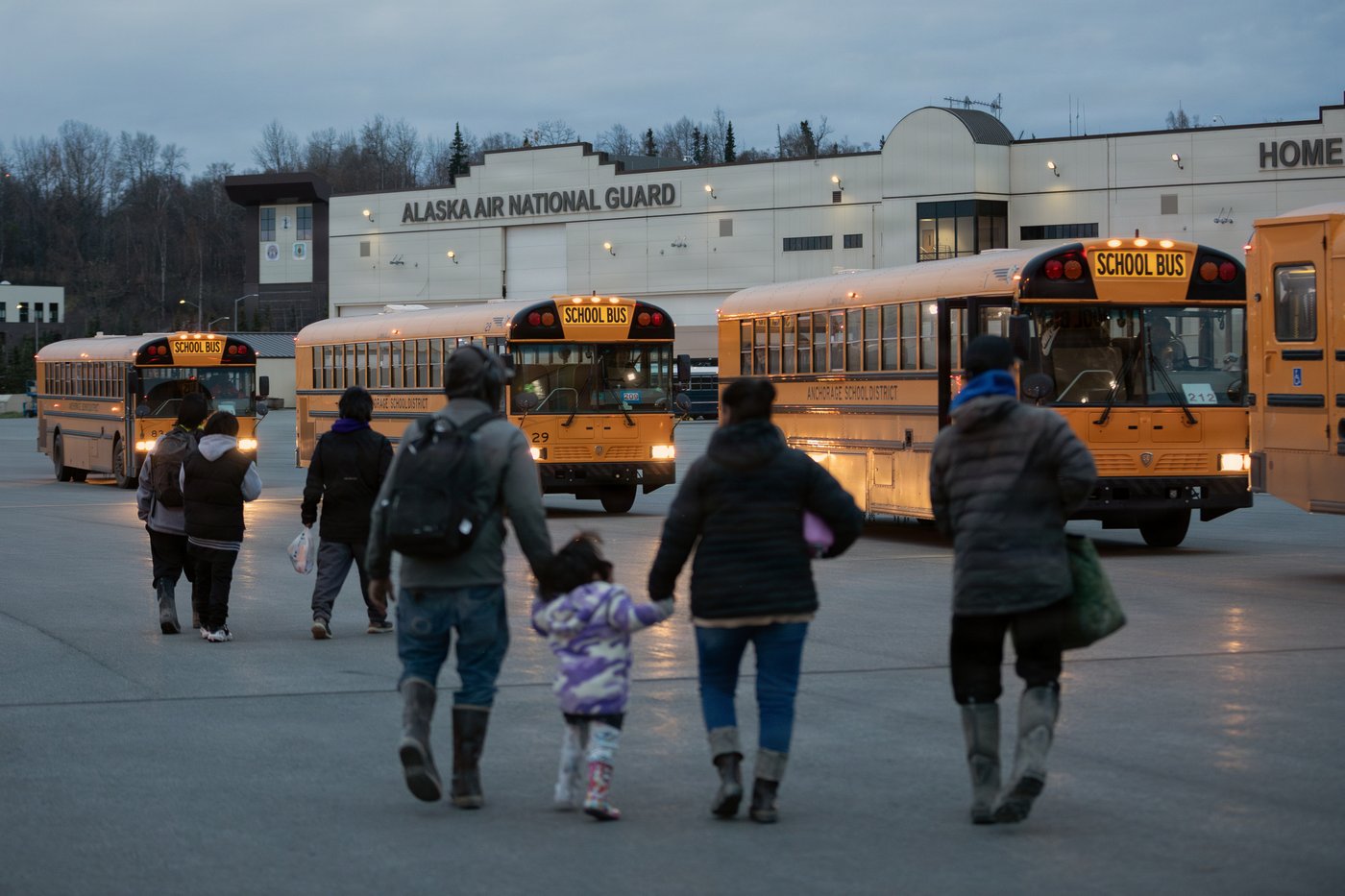
Hundreds of residents from remote Alaska Native villages are being airlifted after a storm battered their low-lying communities over the weekend, wiping away homes and killing at least one person. Two others are missing.
In one of the most significant airlifts in Alaska history, hundreds were being flown about 500 miles (800 kilometers) to Anchorage, after a shelter in the regional hub city of Bethel was filled with dozens of evacuees.
Here are some things to know about the storm and the ongoing evacuation effort.
How the situation unfolded
The remnants of Typhoon Halong brought record storm surge to western Alaska on Sunday, devastating the tiny coastal villages of Kipnuk and Kwigillingok, which saw water levels more than 6 feet (1.8 meters) above the highest normal tide line.
In Kwigillingok, the U.S. Coast Guard rescued two dozen people from their homes after the structures floated out to sea in high water. Ella Mae Kashatok, 67, was found dead in Kwigillingok, and authorities on Monday night called off the search for two men — Chester Kashatok, 41, and Vernon Pavil, 71 — after their home was swept away.
Officials on Thursday said 121 homes were destroyed in Kipnuk, but all people have been accounted for.
Small communities are hit hard
The villages of Kipnuk and Kwigillingok are near the Bering Sea and have a total population of around 1,000 people, almost all of whom identify as Alaska Native or American Indian, according to Census Bureau data.
They are off the state’s main road system and reachable this time of year only by water or by air.
A video from Kwigillingok shows a house floating away as people on land speak Central Alaskan Yup’ik, the largest of the Alaska Native languages. There are about 10,000 speakers of the language in 68 villages across southwest Alaska.
The evacuation effort faces challenges
Many of the evacuees were flown initially to Bethel, a regional hub of 6,000 people. But authorities worked to relocate them as shelters there approached capacity.
A military plane took hundreds of evacuees from Bethel to Anchorage on Wednesday and Thursday, said Col. Christy Brewer of the Alaska National Guard. More flights were expected over the next two days. They were going to the Alaska Airlines Center, a sports and events complex, but more places were expected to open as temporary shelters, officials said.
The shelter in Bethel, which was set up at a National Guard armory, was already facing difficulties, with food supply “near depletion,” FEMA officials said in a briefing report Thursday. The Yukon-Kuskokwim Health Corp. warned on Wednesday the shelter at the armory would have to close.
Jeremy Zidek, a spokesperson for the state emergency management office, said he couldn’t speak to the information in the FEMA document. But he was at the Bethel armory on Thursday and said they were serving three meals a day and there was food laid out and available. There were also supplies there, he said.
He said the shelter that has been at the armory has become a “transitional shelter” where people arriving from impacted communities go through processing and stay overnight if needed before going on to places like Anchorage.
Rebuilding will be difficult
Damage assessments are still ongoing, but experts say the hardest-hit communities face a dire situation.
Most construction materials will need to be flown or shipped in, and with winter fast approaching, time is running short.
Emergency officials said some homes are beyond repair and unsafe to return to, even with emergency fixes.
___
This story has been corrected to show that the storm brought record storm surge levels, not record rainfall. It has also been corrected to show that the video of a house being swept away was filmed in Kwigillingok, not Kipnuk.
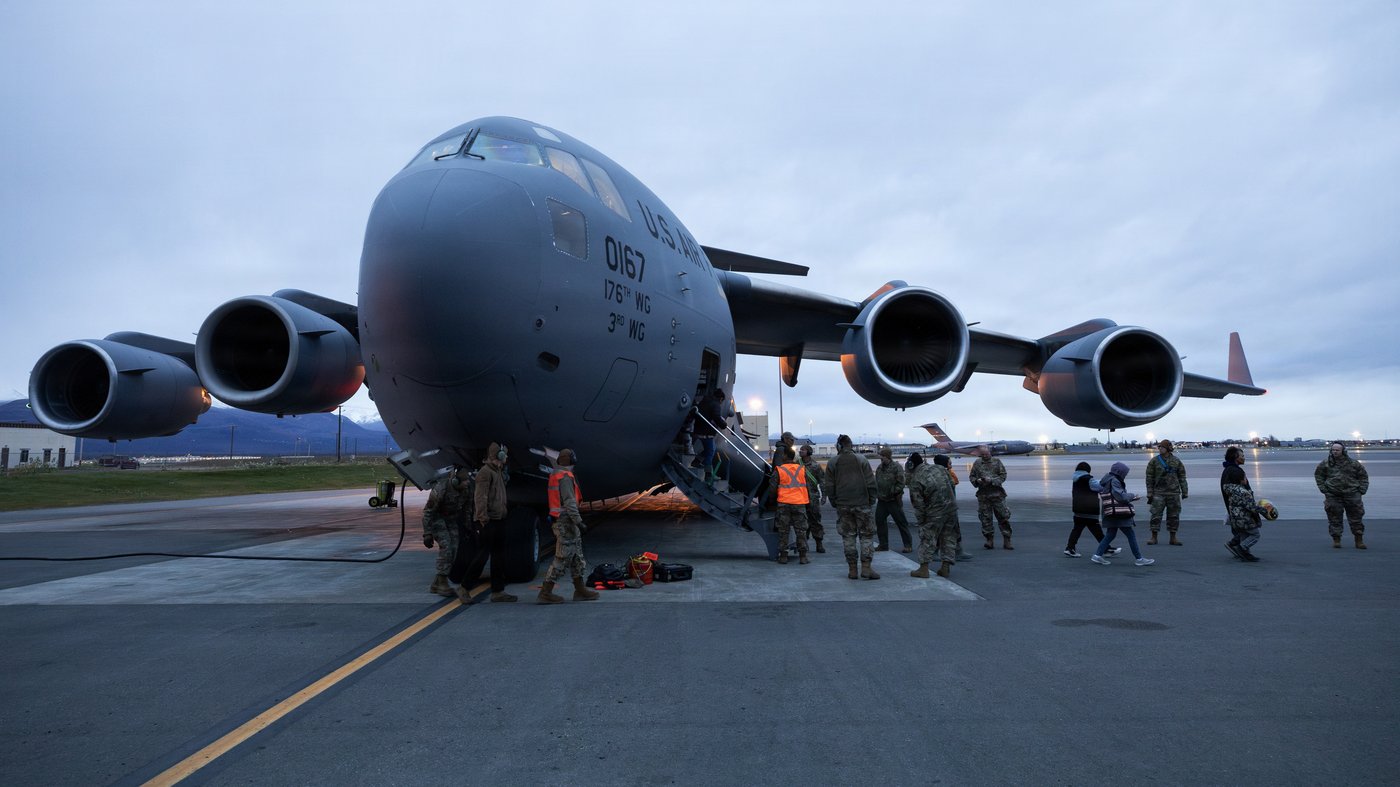
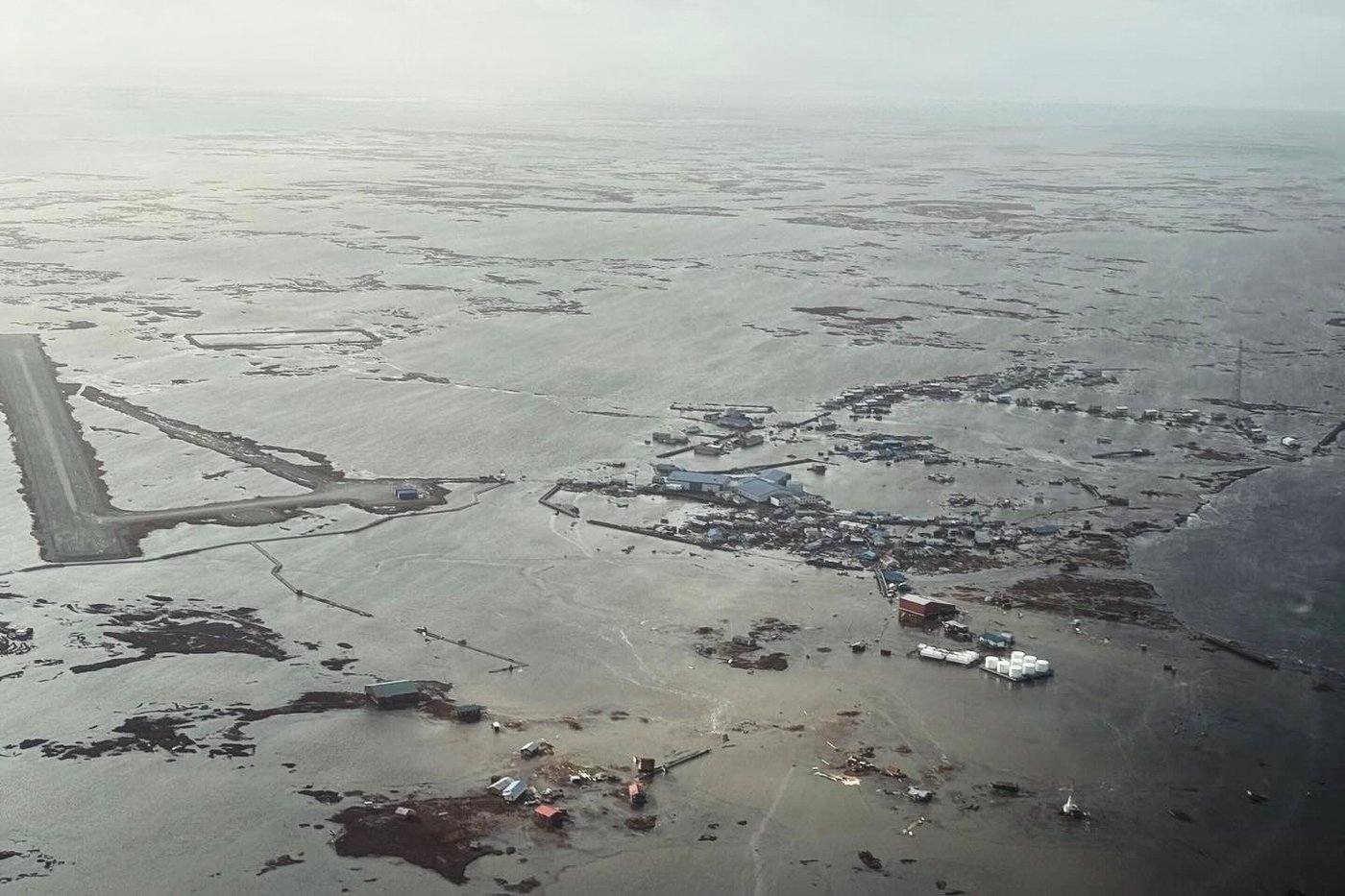
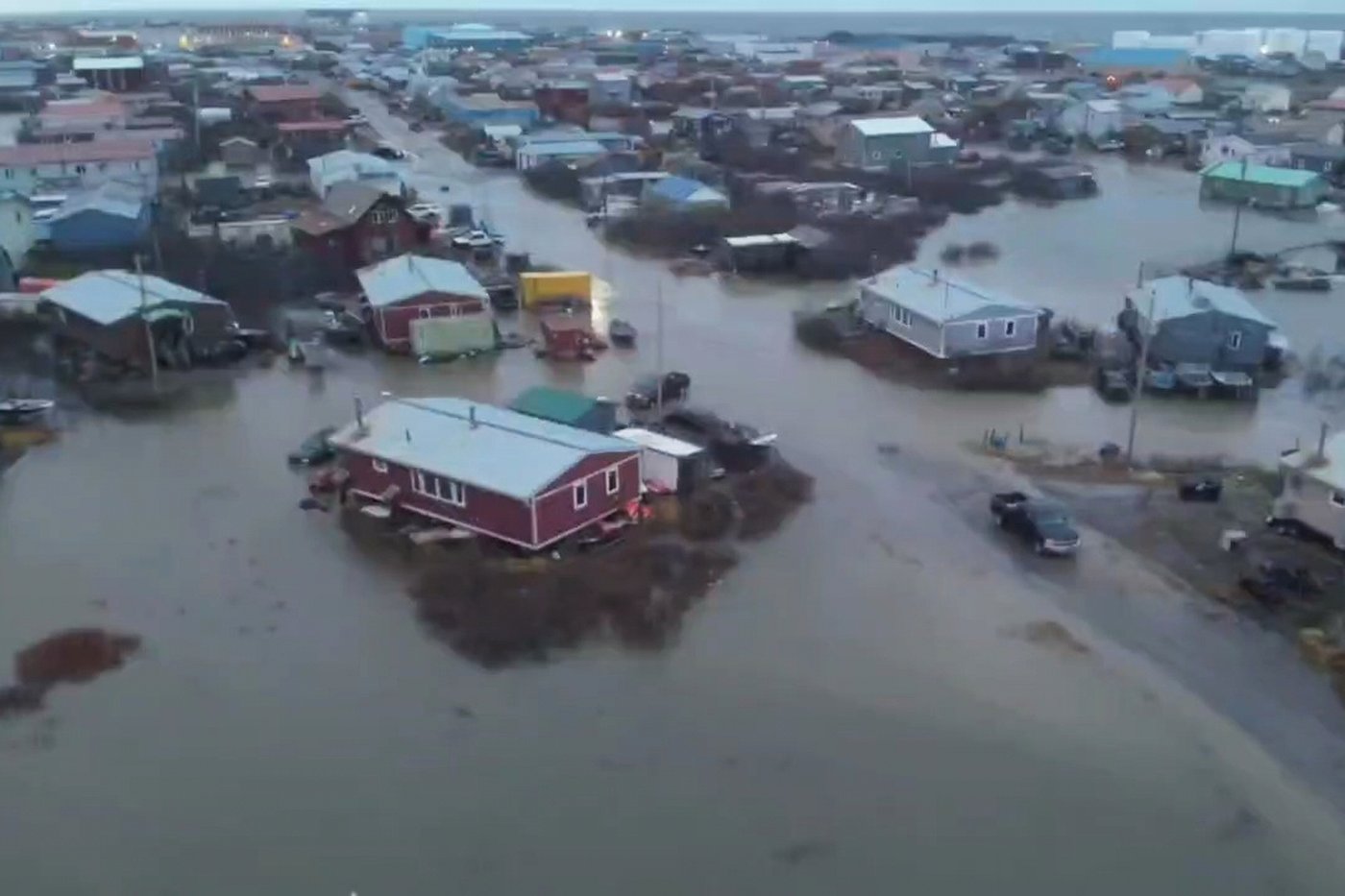
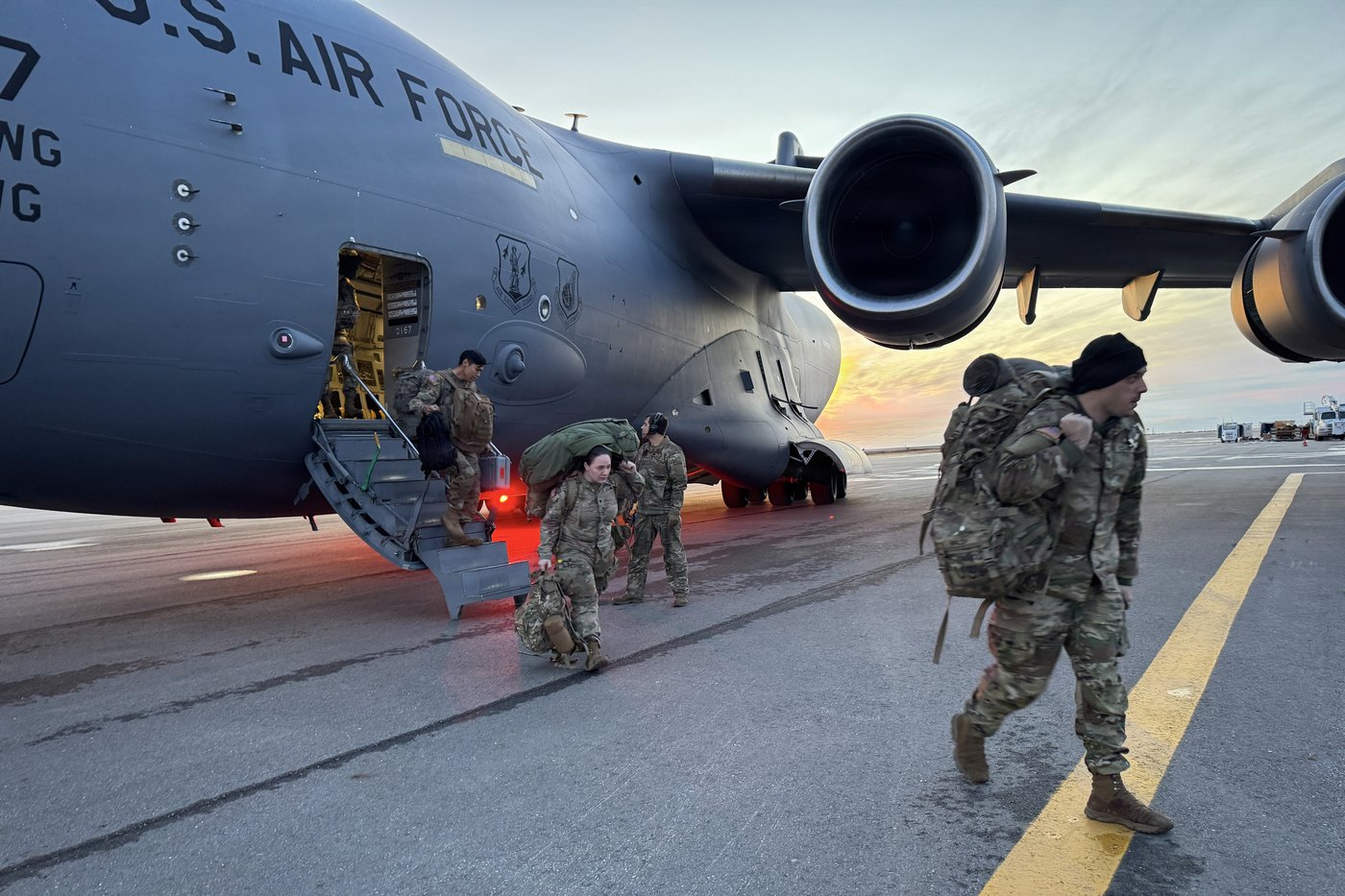
Want to share your thoughts, add context, or connect with others in your community?
You must be logged in to post a comment.